Scroll through the gallery of photos from Xcelerate Summit 2016! If you have additional photos you wish to share, please submit them here!
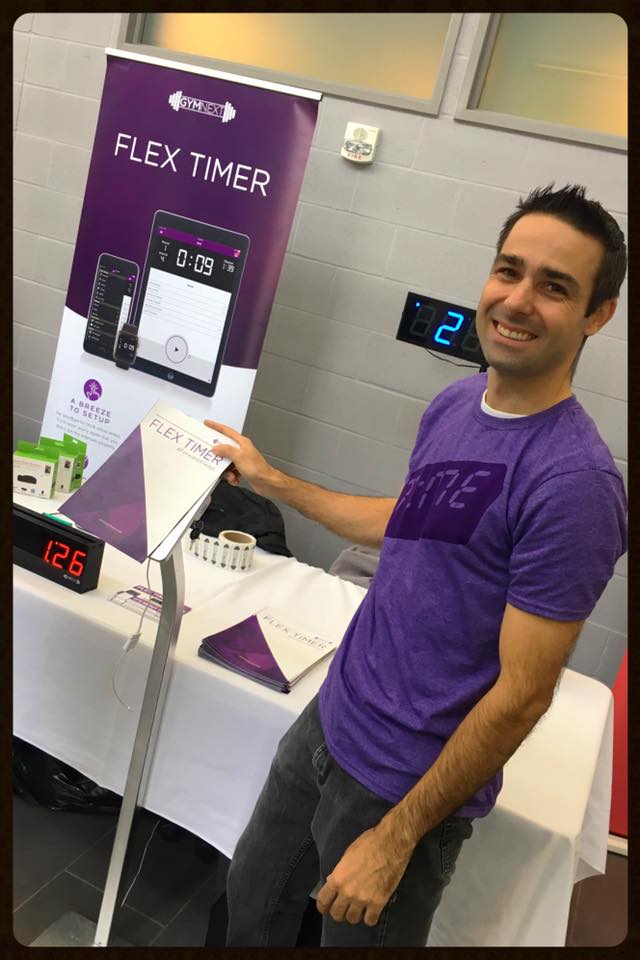
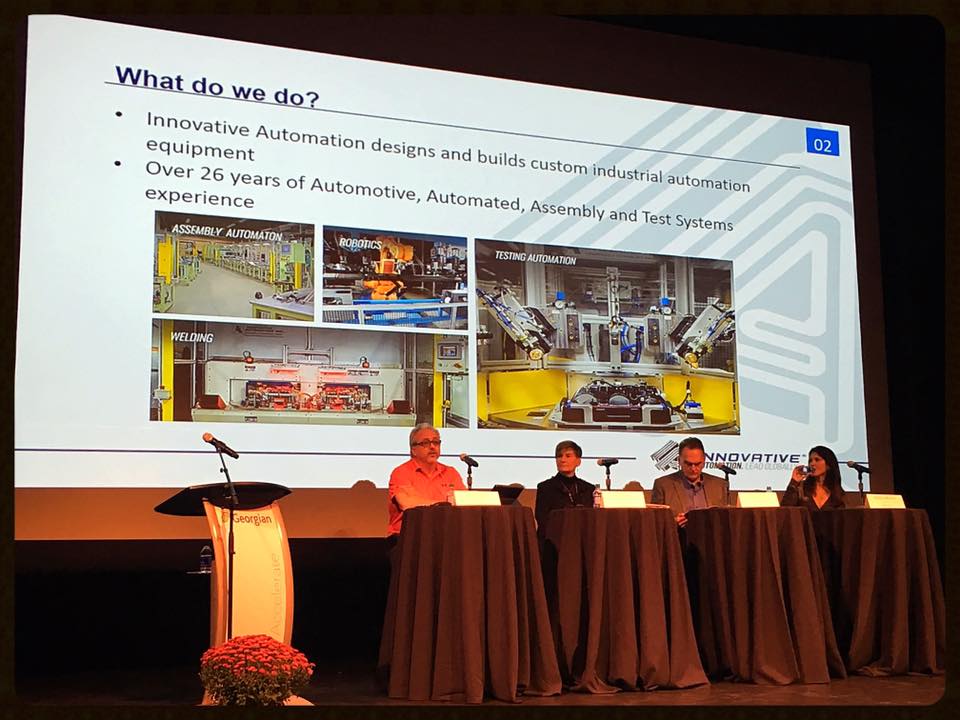

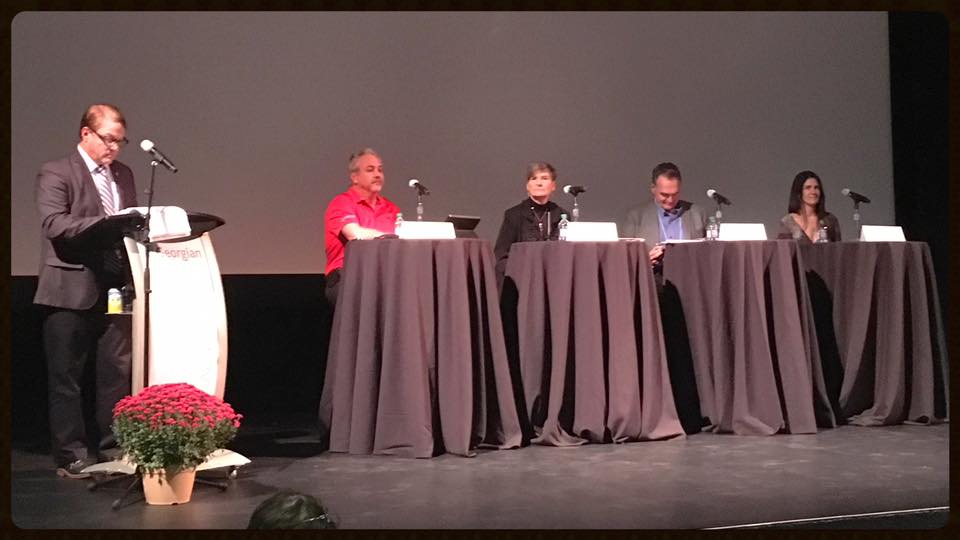
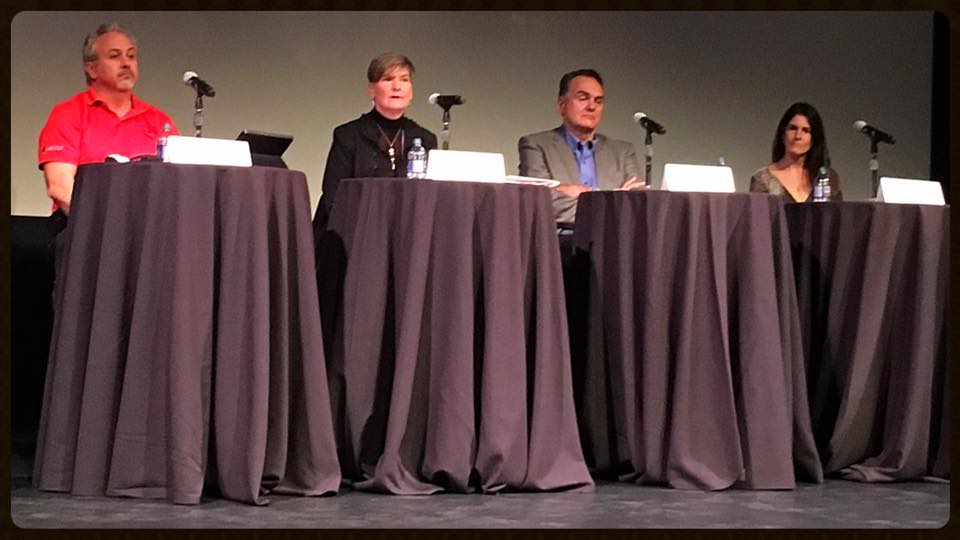
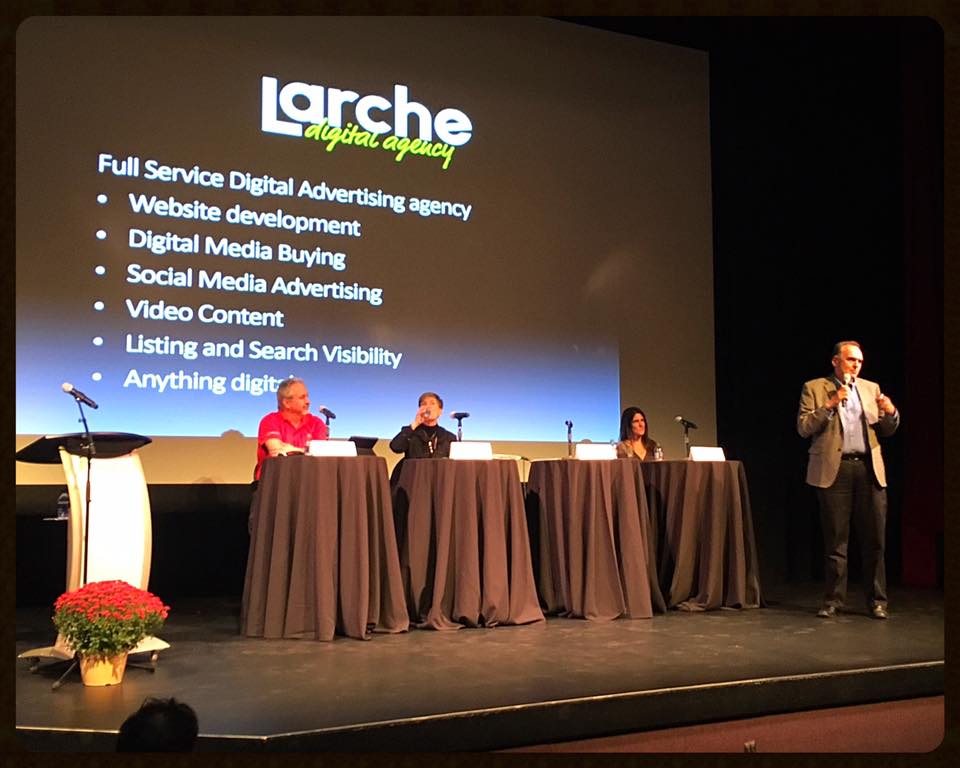
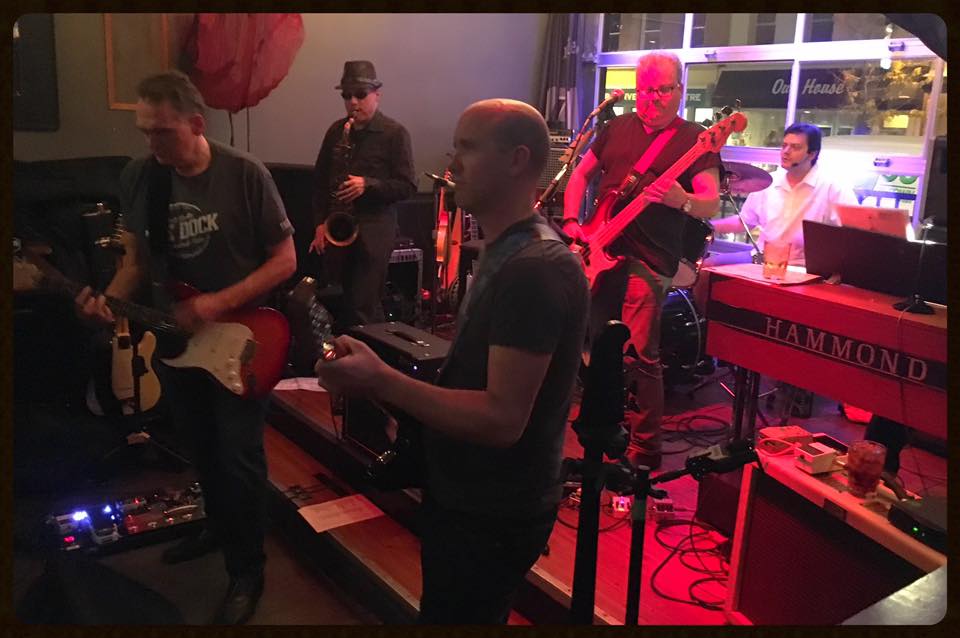
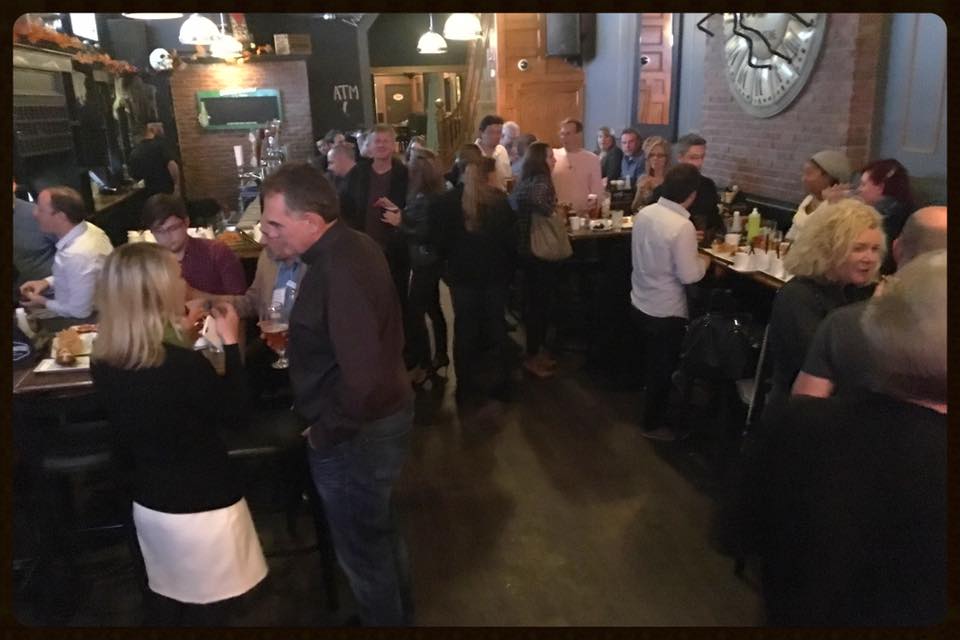
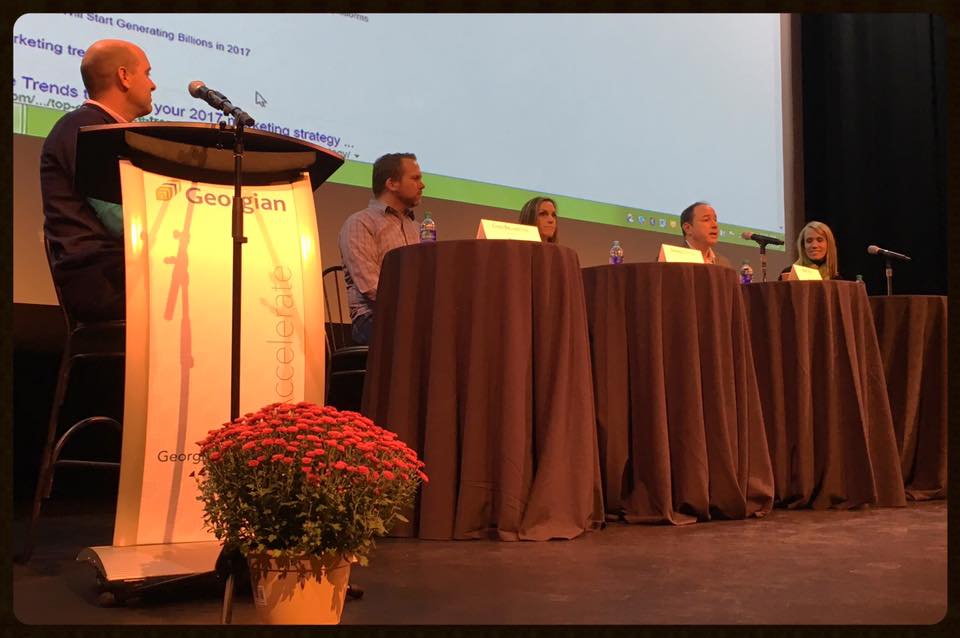
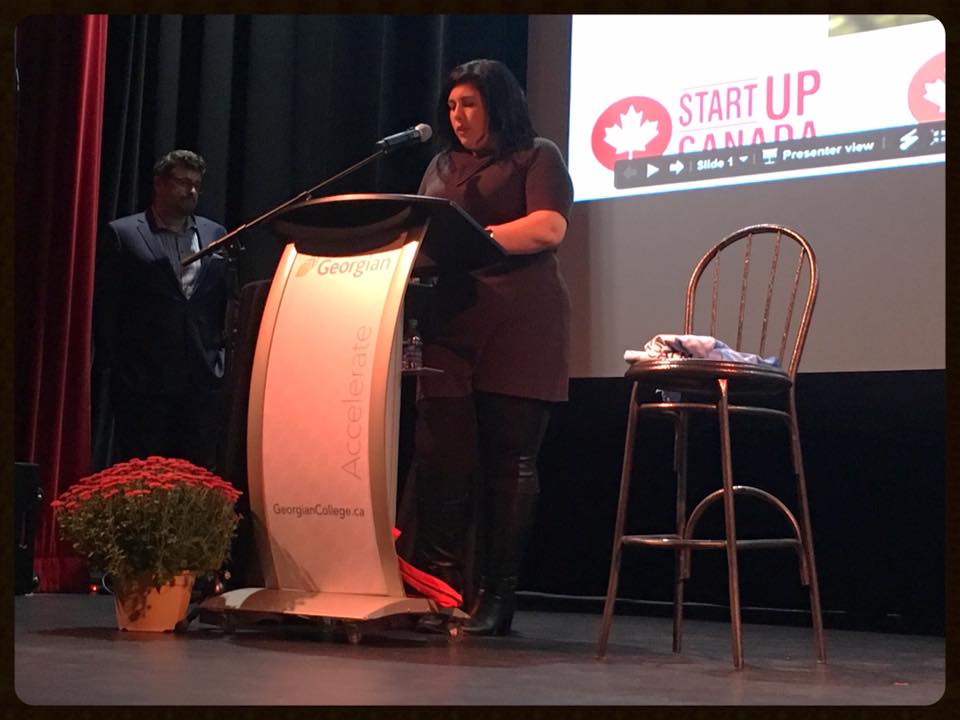
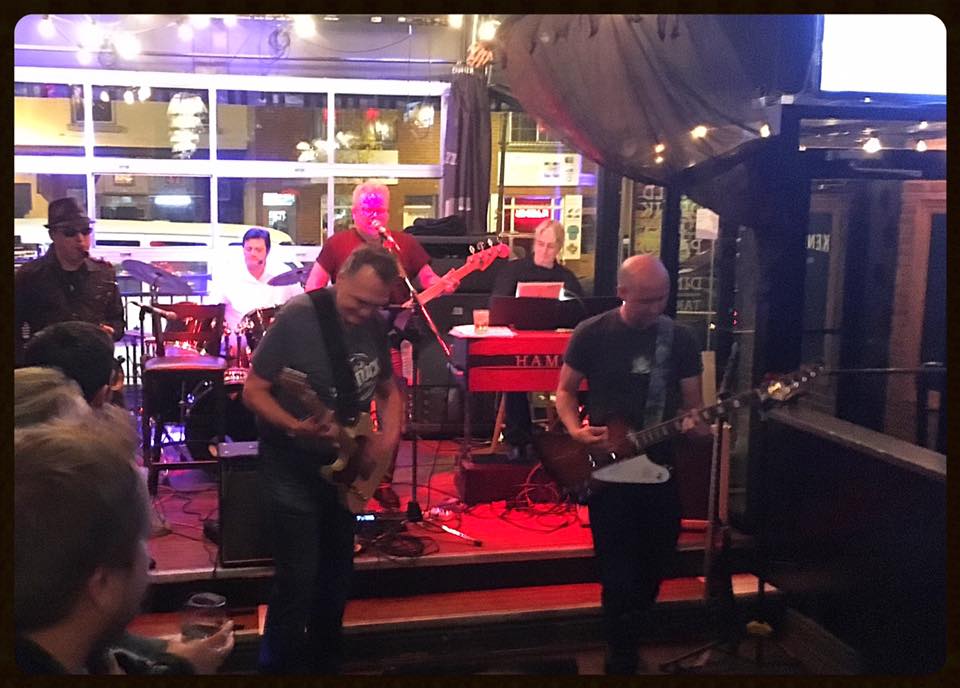
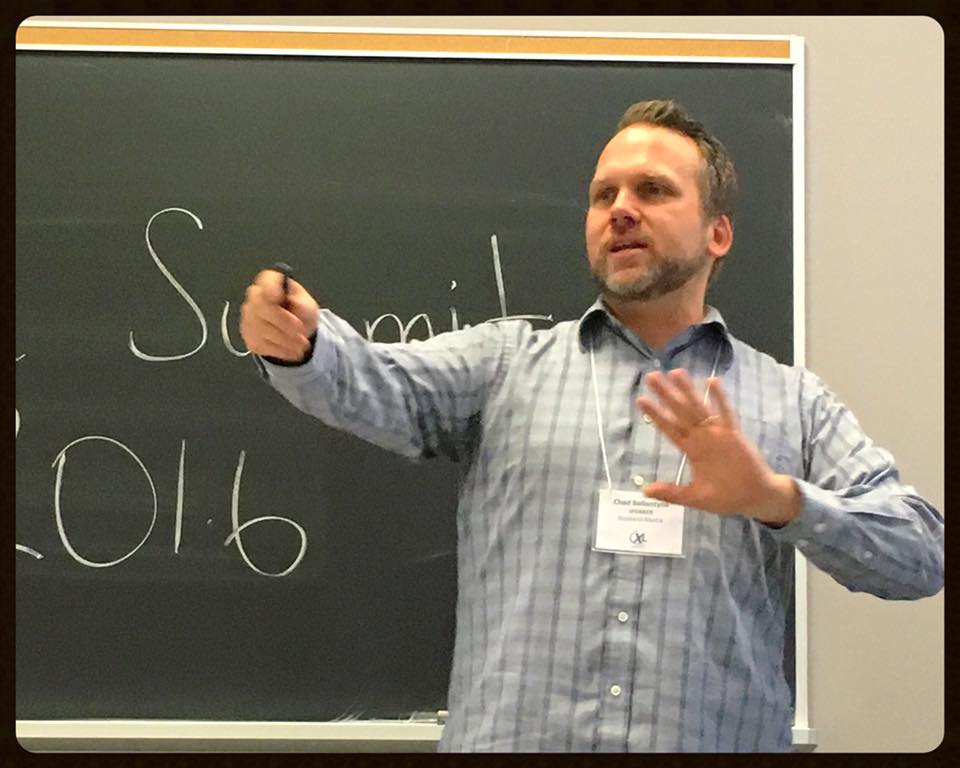
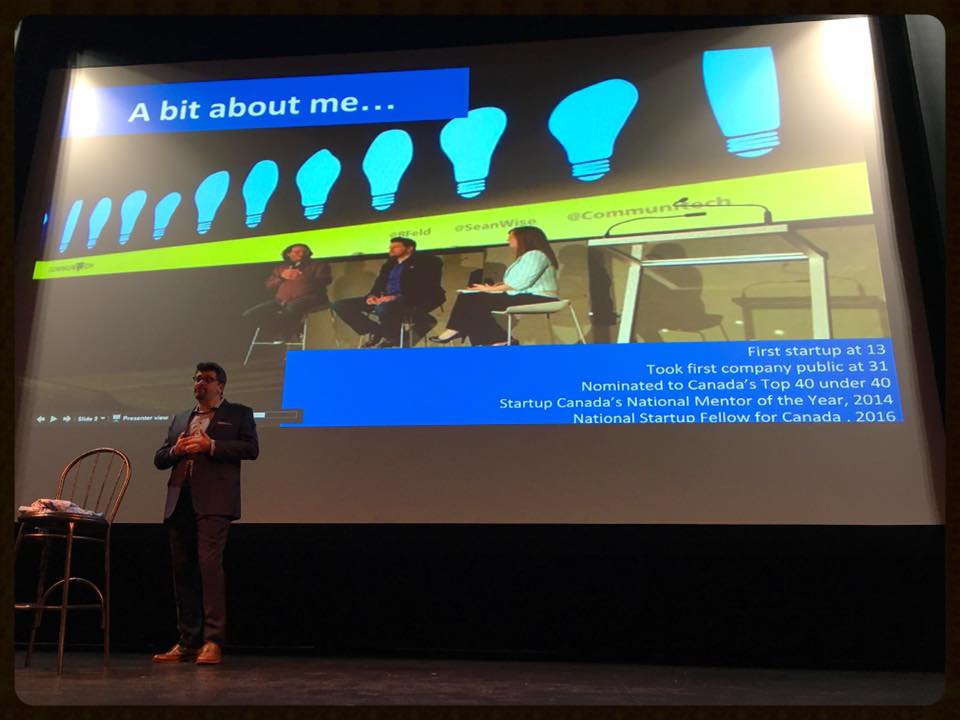
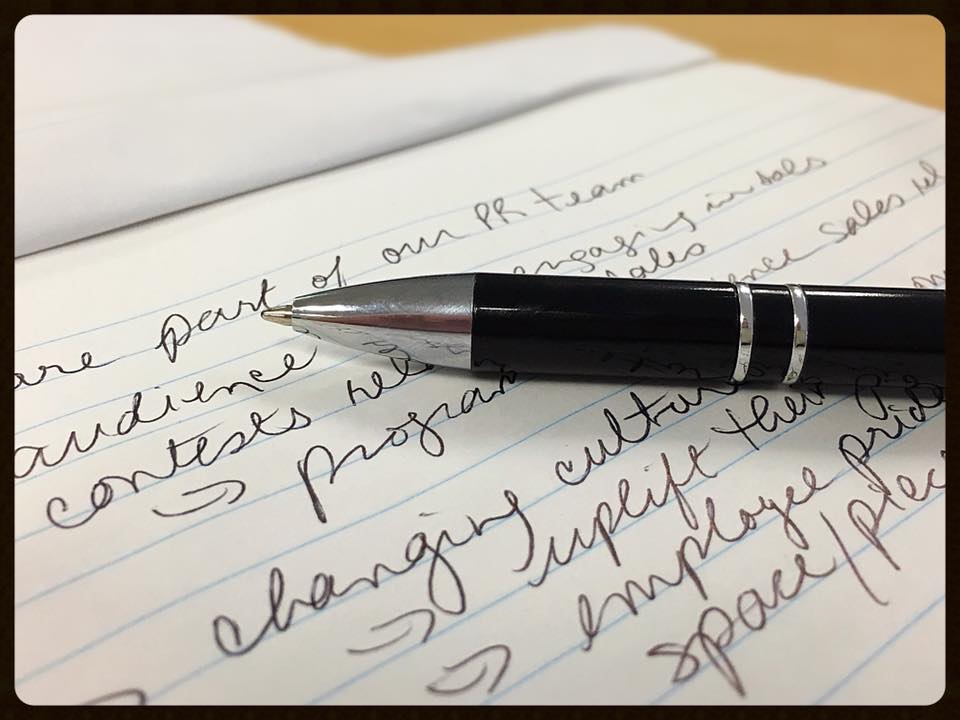
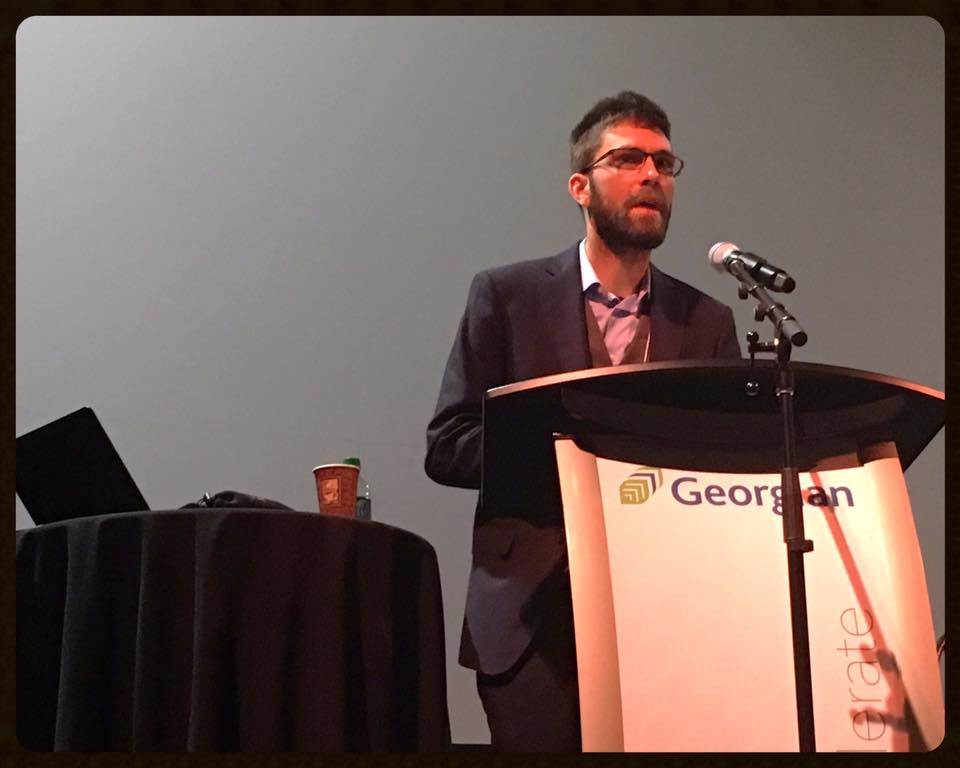
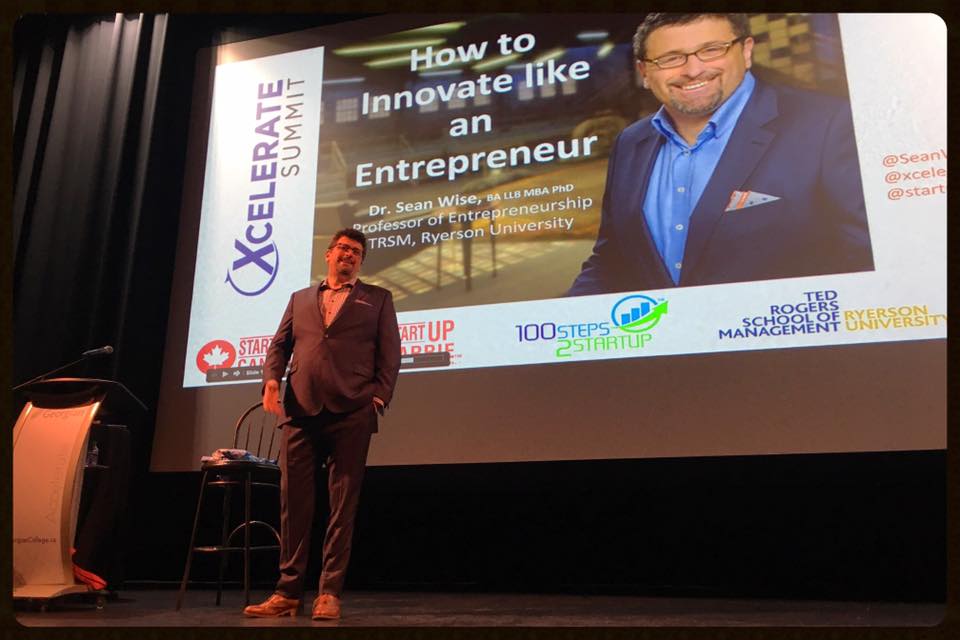
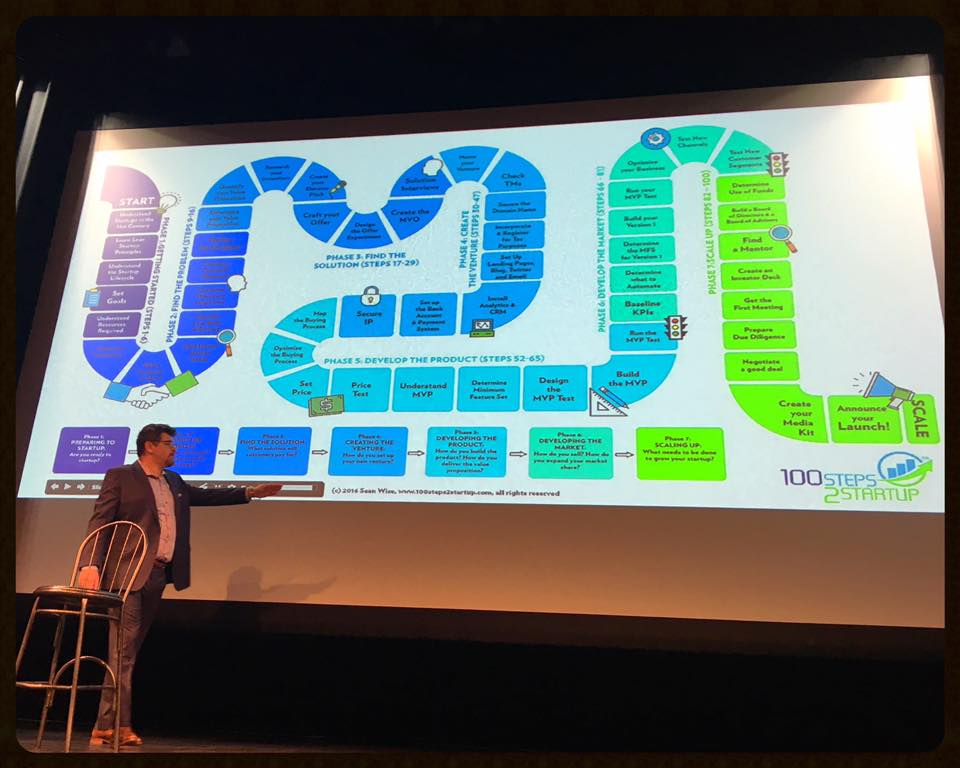

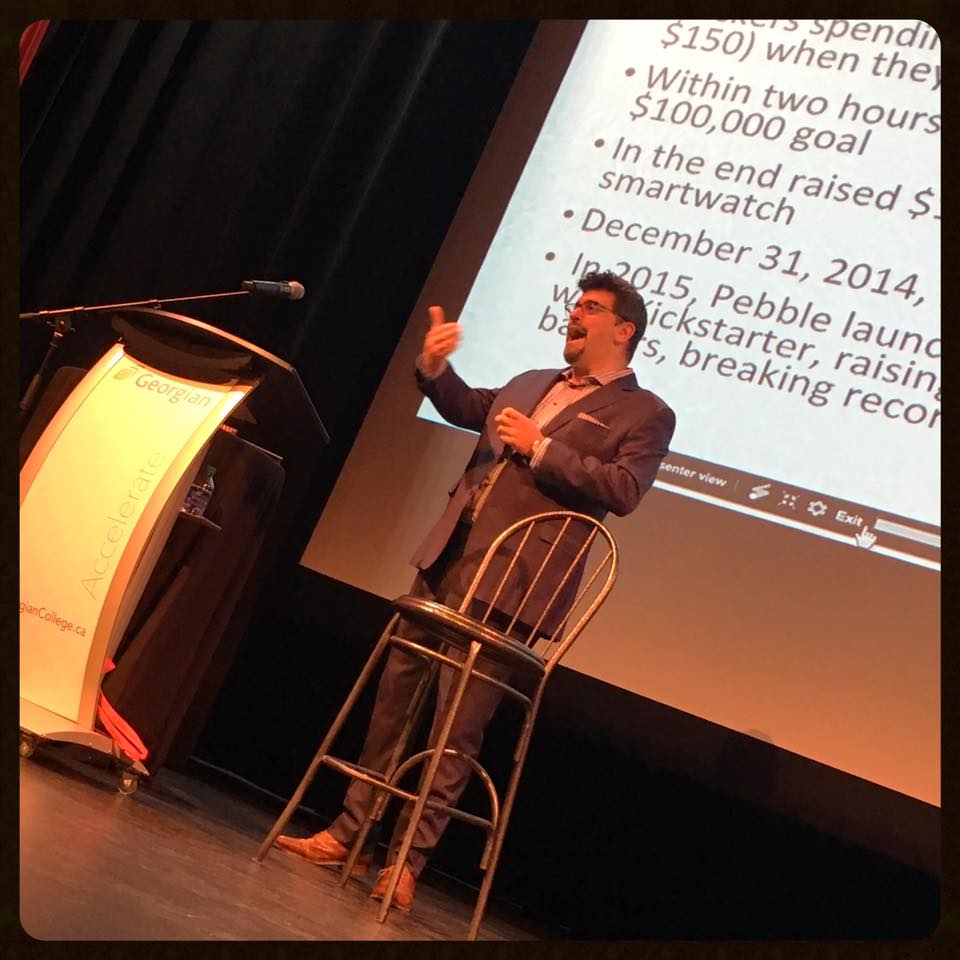
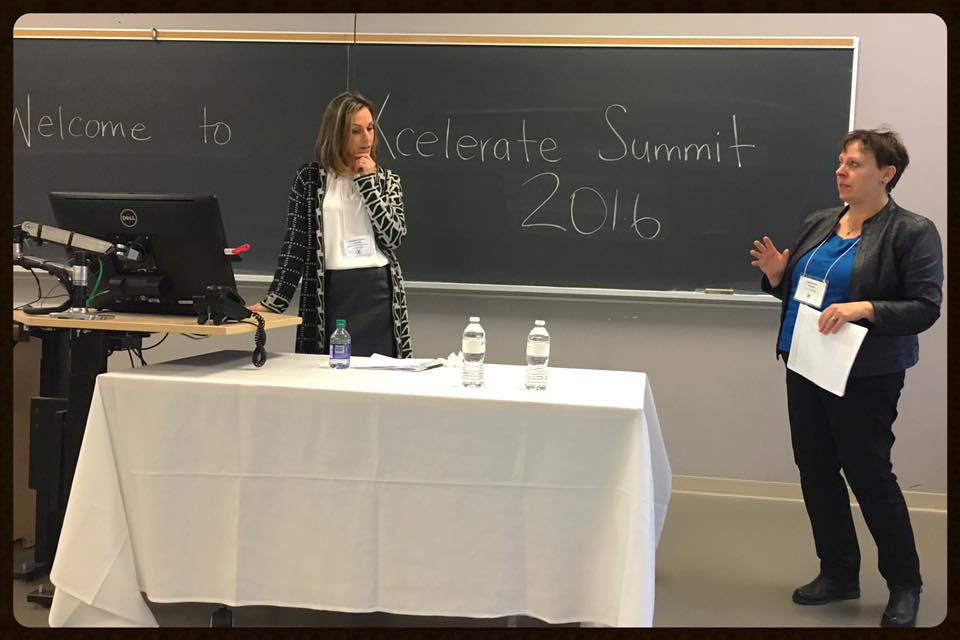
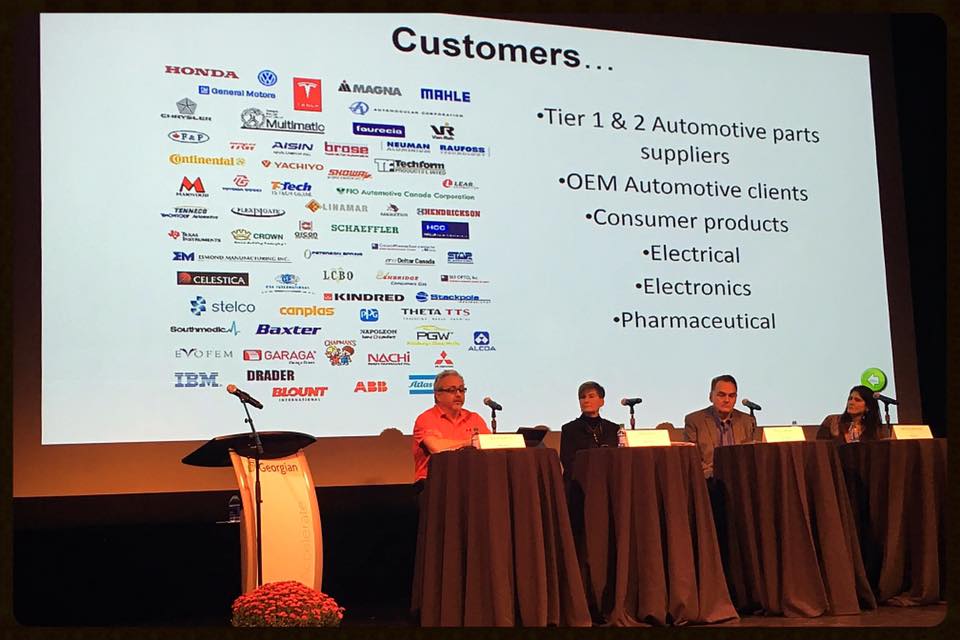

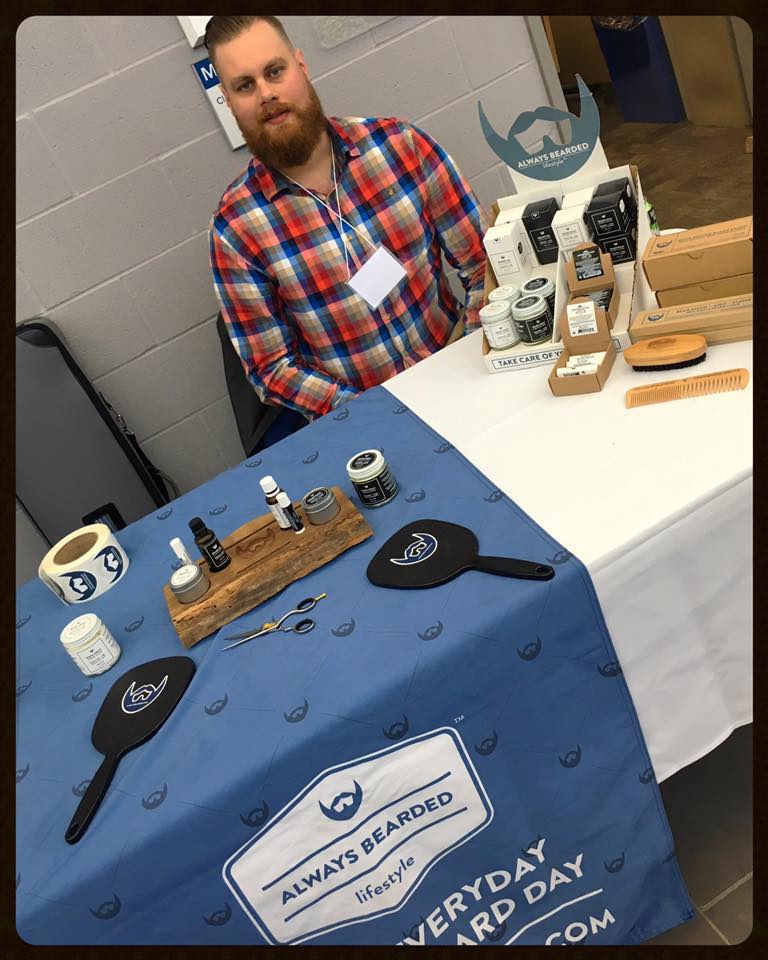
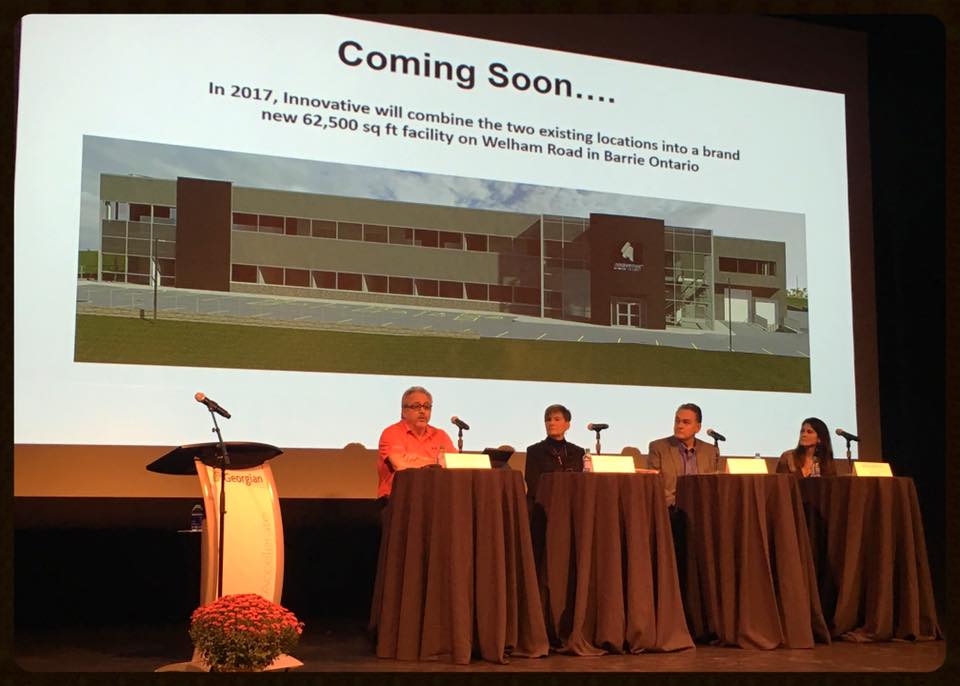
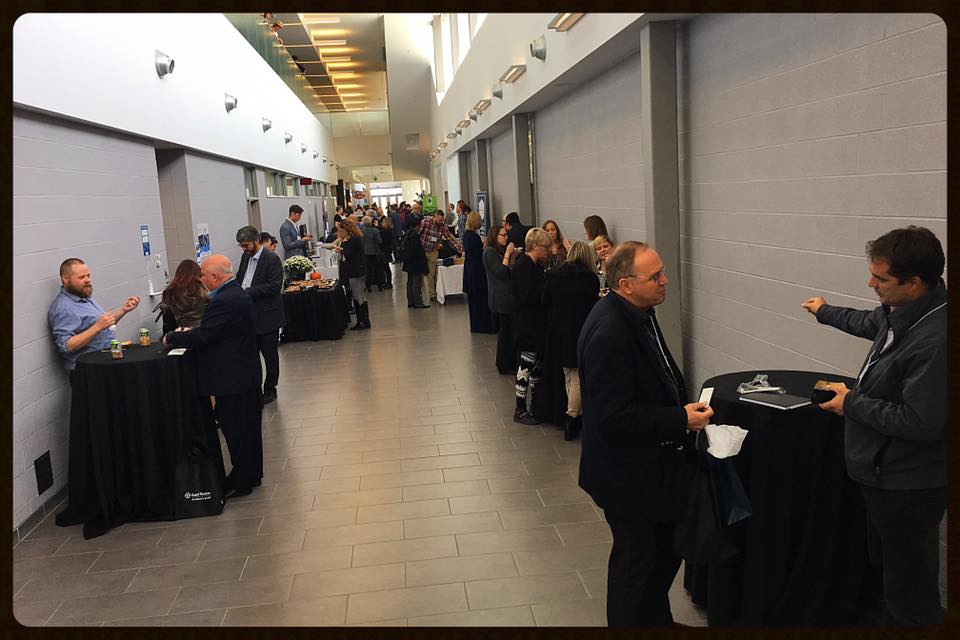

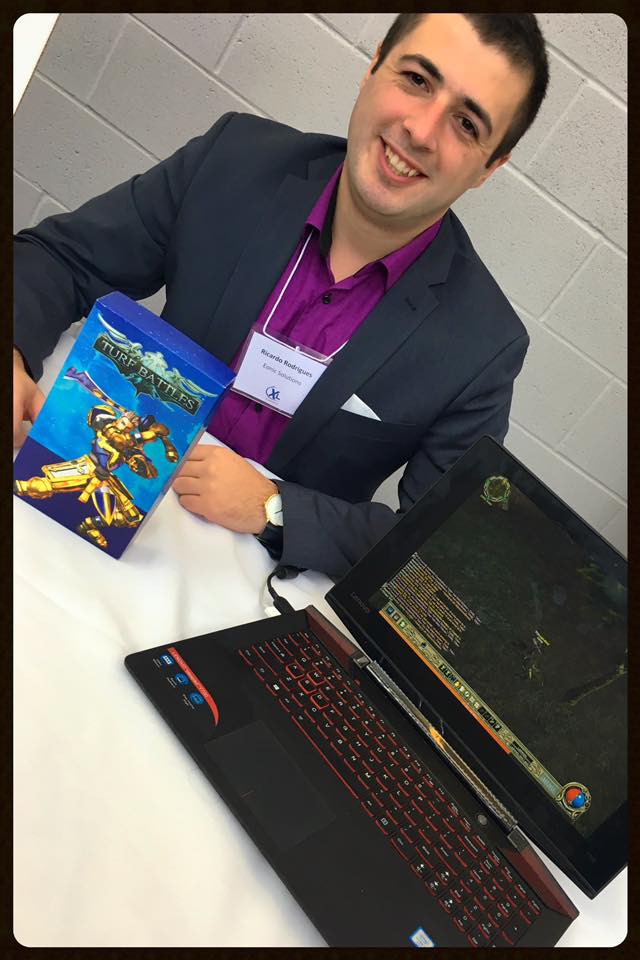

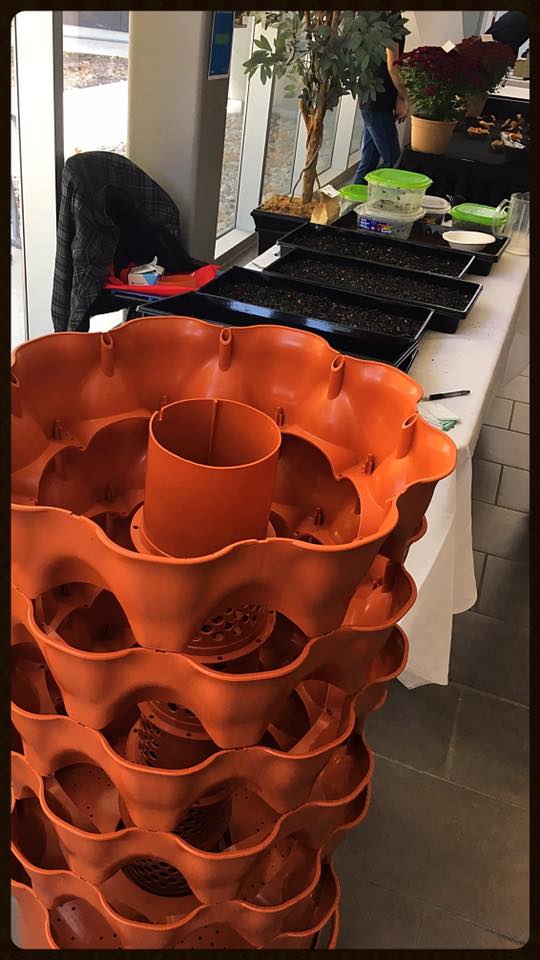
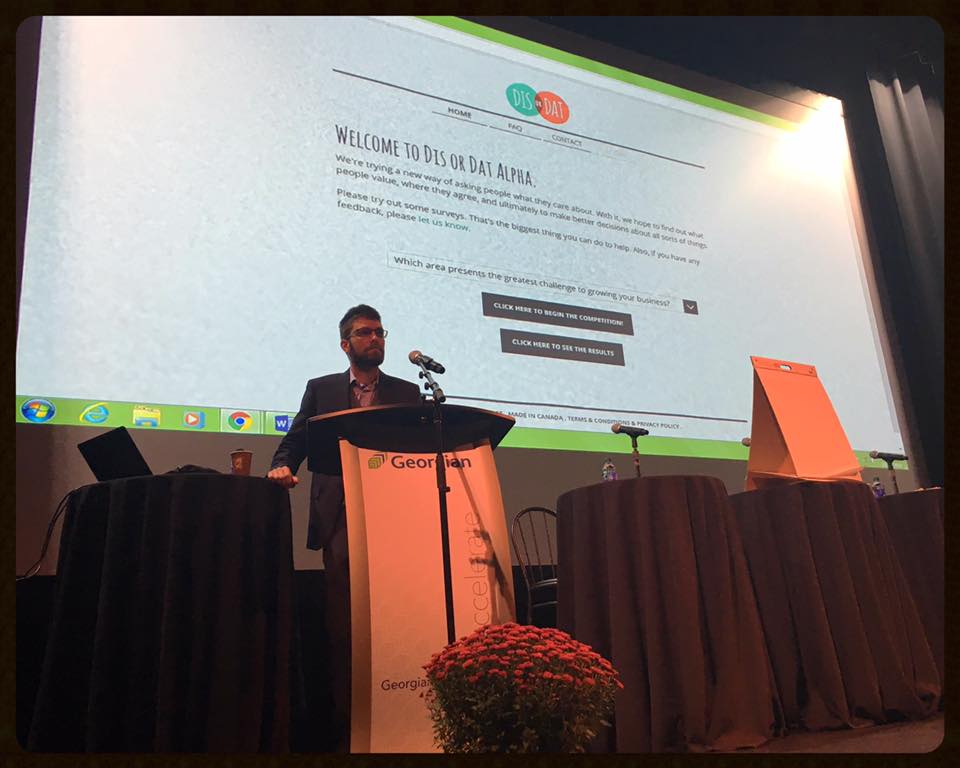

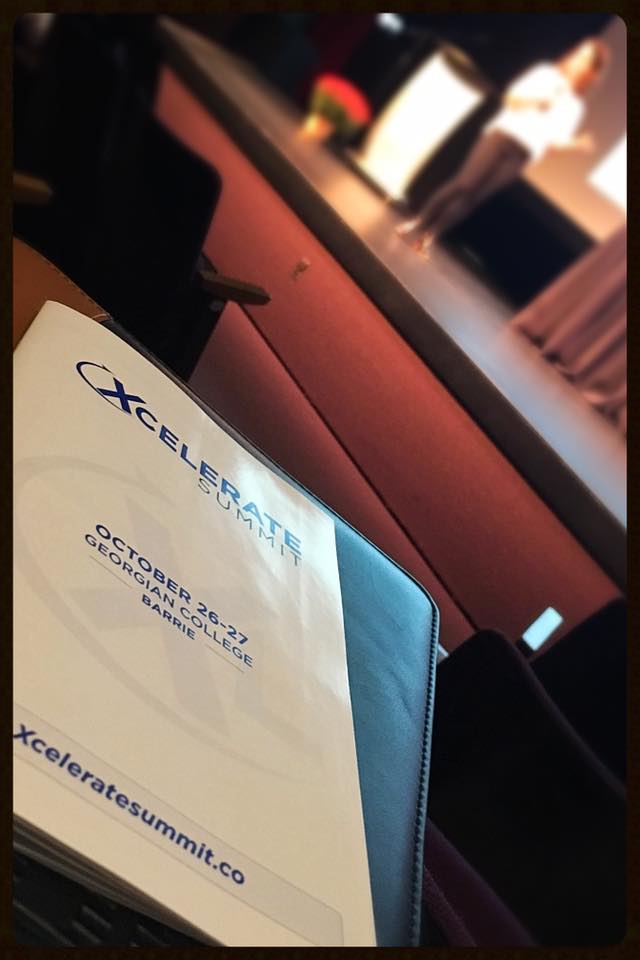
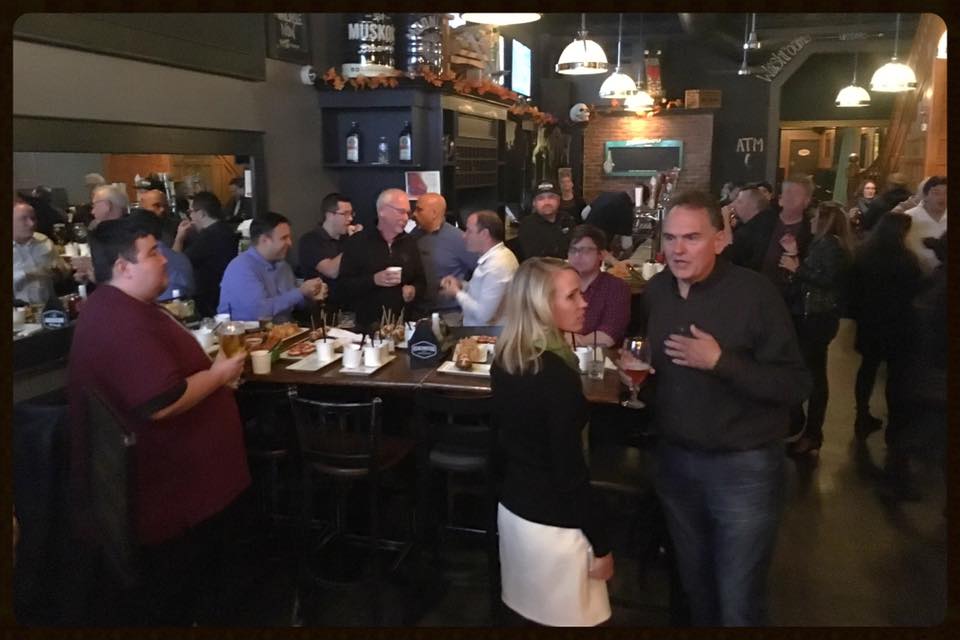
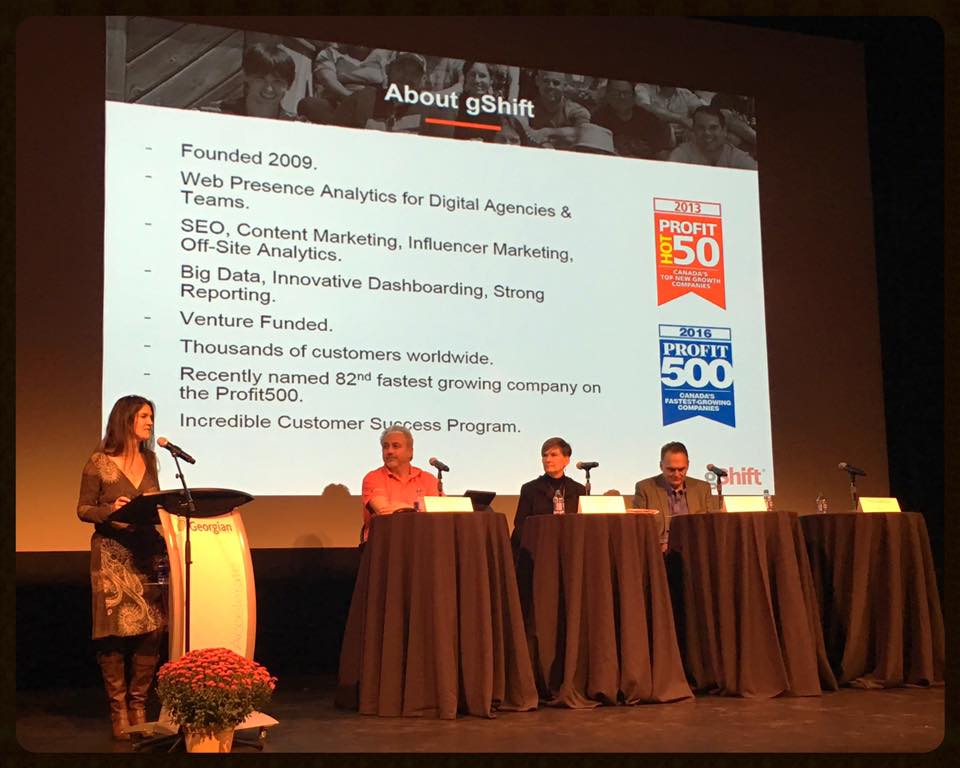

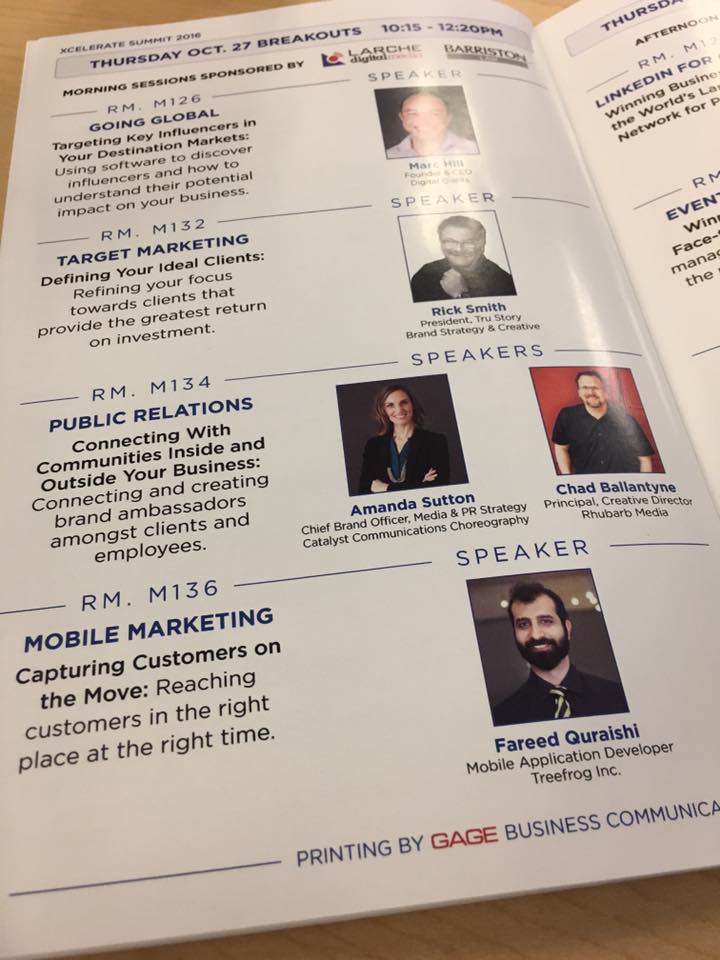
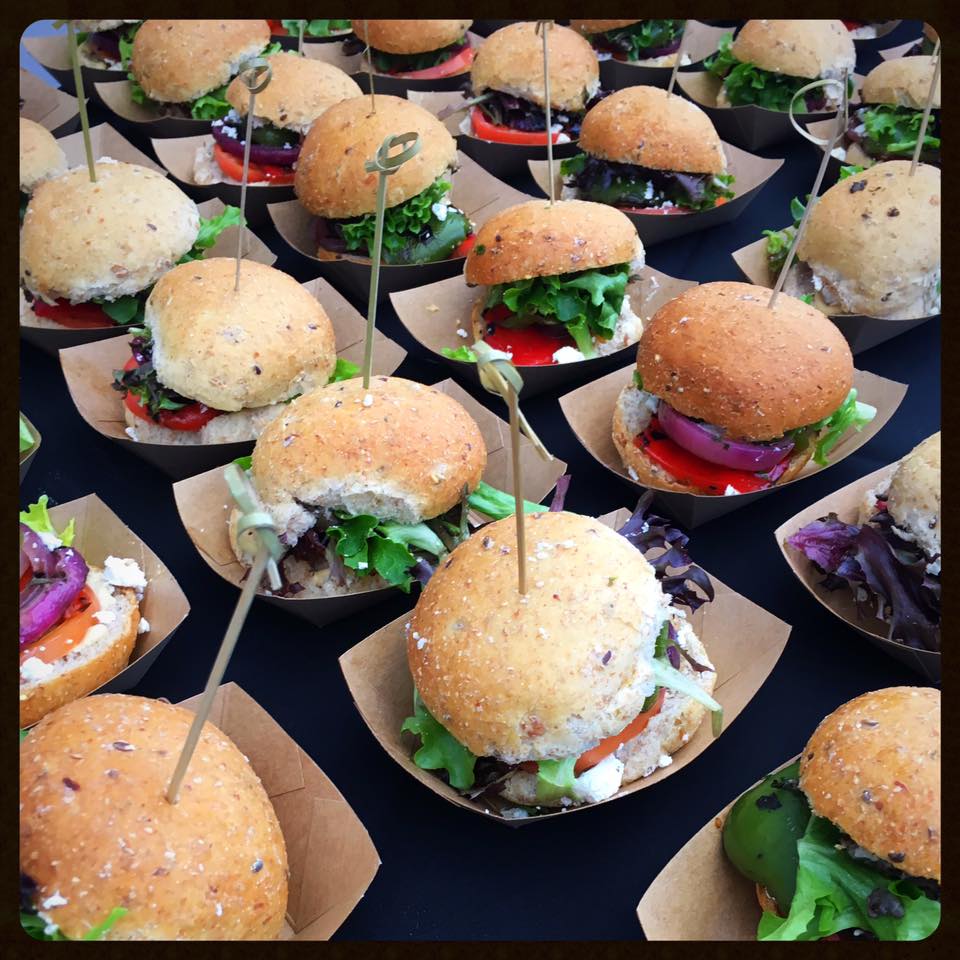
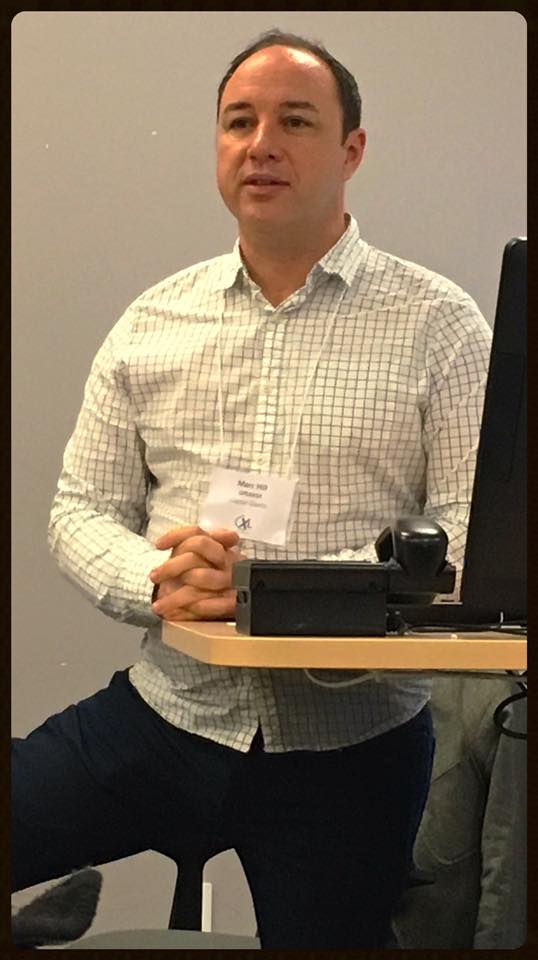
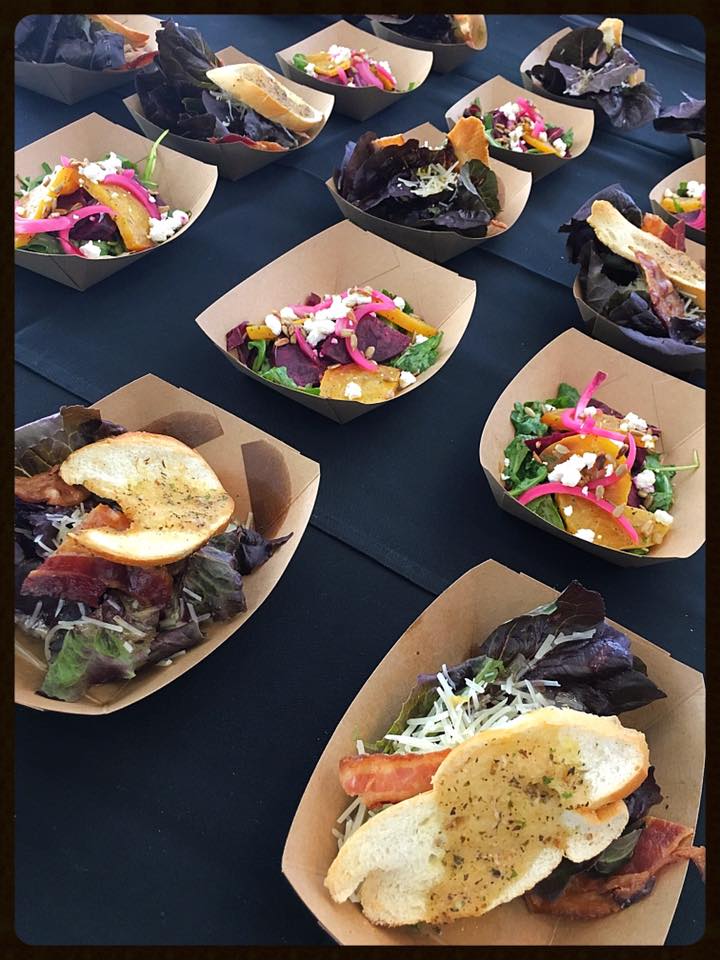
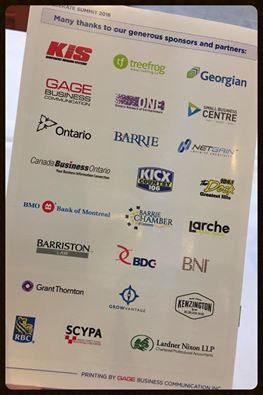

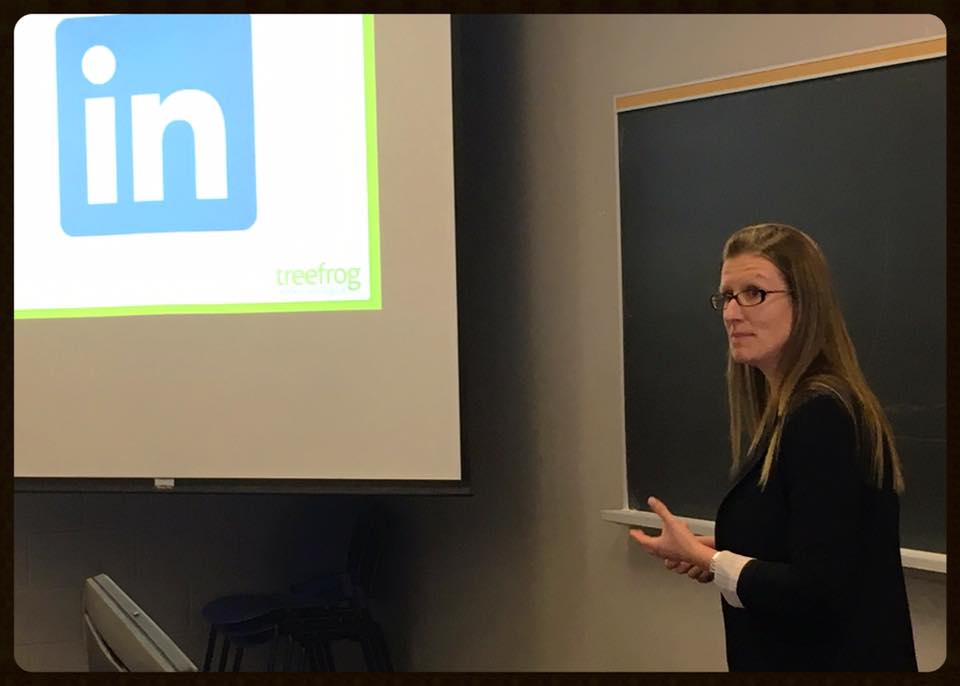
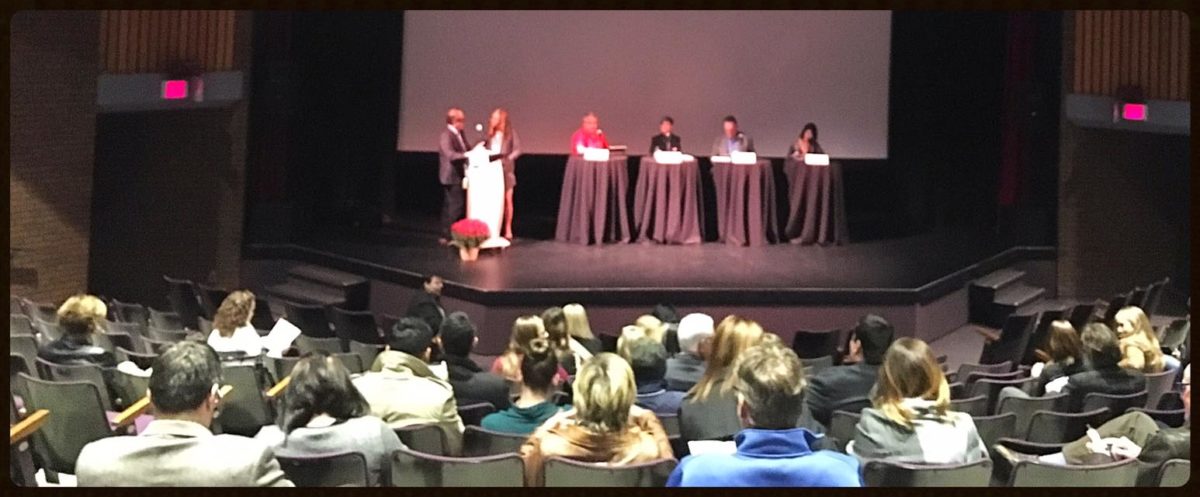
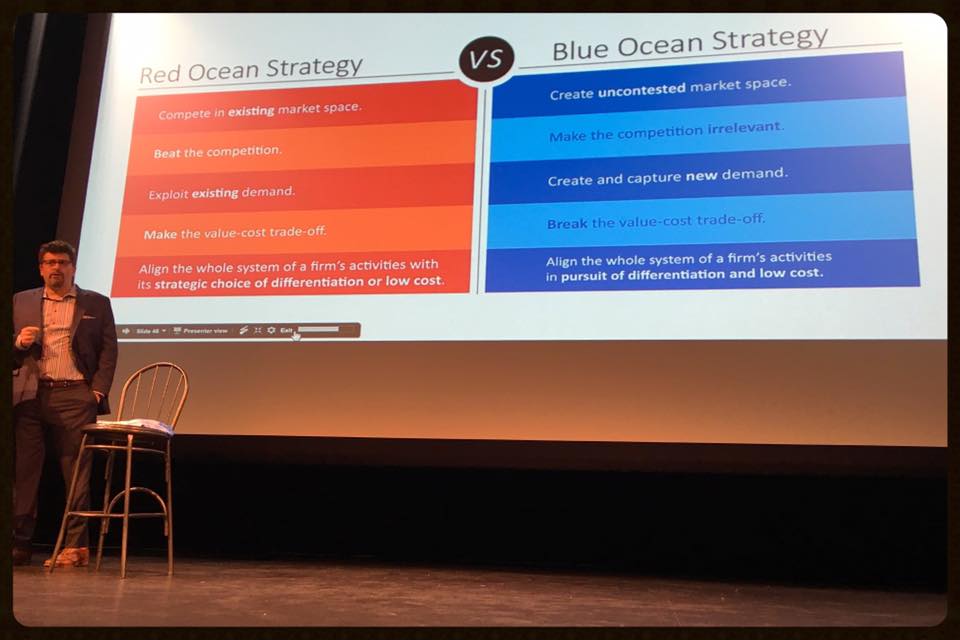












































The community partners of Xcelerate Summit once again thank all of the dedicated sponsors who supported Xcelerate Summit 2016! Through in kind and monetary sponsorship, Xcelerate Summit was a huge success which saw a number of attendees engaging in new techniques and findings within the entrepreneurial ecosystem.
Highlights from 2016:
Many thanks to SNAP’d Barrie who were able to capture some great photos – see the full photo gallery here!
Don’t forget to save the date for Xcelerate Summit 2017 – October 25th & 26th!
When faced with a competing priorities, limited resources, and trade-offs, finding a solution that everyone can live with is often the best possible outcome. It might not be everyone’s first choice – in fact, it might not be anyone’s first choice – but it’s the best compromise solution for everyone involved. A simple example of this is “where are we going to eat dinner?” The right answer is not the restaurant that’s the favorite of 25% of your group. The right answer is the one where everyone can find something to eat.
In small groups – less than a dozen – consensus can be reached by having everyone state their preferences, haggle, argue, and eventually come to an agreement. This process is slow, but it gets the job done. Now imagine trying to get consensus among hundreds or thousands of stakeholders. Impossible.
For this reason, when dealing with large groups, we usually fall back on polling – pick your favorite from among a number of options. This can be done quickly and, with modern technology, among huge numbers of people. It gets some meaningful data quickly, and because no better option is practical, most organizations use polling and say “good enough.”
Disordat is a better solution, one that actually makes finding consensus possible, quickly, among any number of people. By using a phone or other mobile device, users run through a series of “A or B” questions, each time choosing their preference from the options presented. After a few questions are answered, Disordat determines the preference ranking for each user, combines this data with the responses from all other users, and comes up with a net ranking of the options based on their popularity (how often they came in first) and their consensus (how often they didn’t come in last). Results look like this:
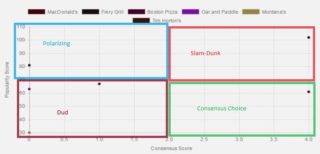
Choices in the top-right corner are slam dunks – they rank high with everyone and low with no one.
Choices in the top-left are polarizing – some people love them, others hate them.
Choices in the bottom-left are consensus choices – nobody’s favorite, but everybody can live with them.
Choices in the bottom-right are duds – everyone hates them.
Because this data is gathered and presented in real time , groups can act on this data quickly to make better decisions.
The key difference between Disordat and traditional polling methods is that polls cannot tell the difference between polarizing and slam-dunk choices, and cannot find consensus choices at all. By using technology everyone has in their pocket, and asking a simple series of “A or B” questions, Disordat can quickly find, amongst any group, if there is consensus to be found, and if so, where.
Disordat – http://disordat.ca
Created by Fulcrum CC – http://fulcrumcc.ca